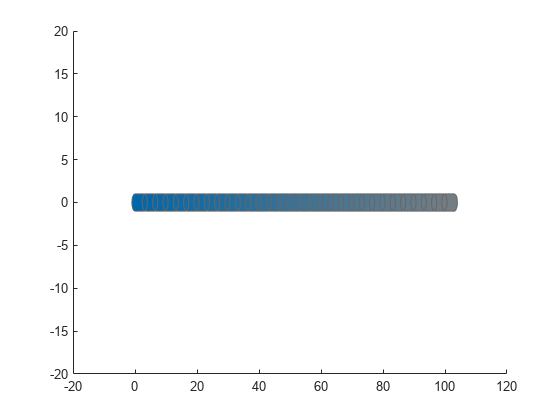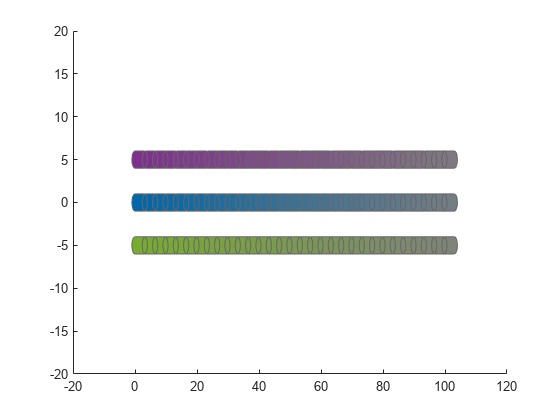show
Afficher les corps de l'ego et les obstacles dans l'environnement
Description
ax = show(capsuleListObj)
ax = show(capsuleListObj,Name,Value)'FastUpdate',true permet des mises à jour rapides d'un tracé existant.
Exemples
Arguments d'entrée
Arguments nom-valeur
Arguments de sortie
Capacités étendues
Historique des versions
Introduit dans R2020b



